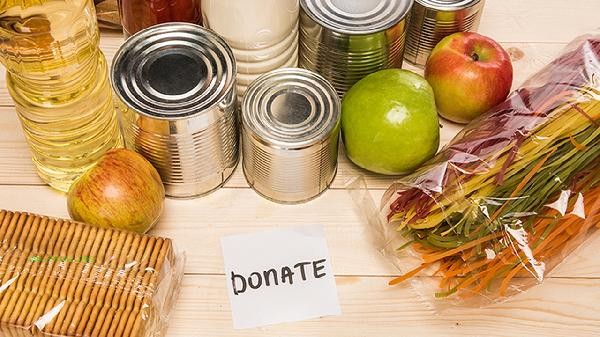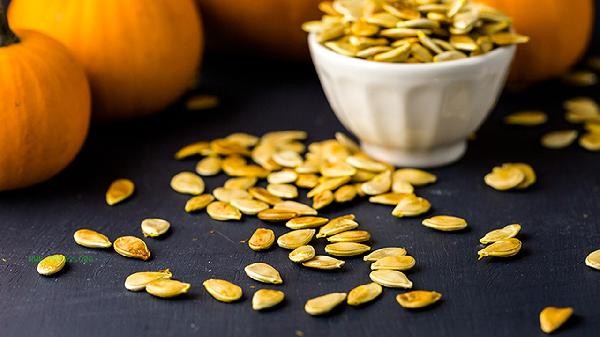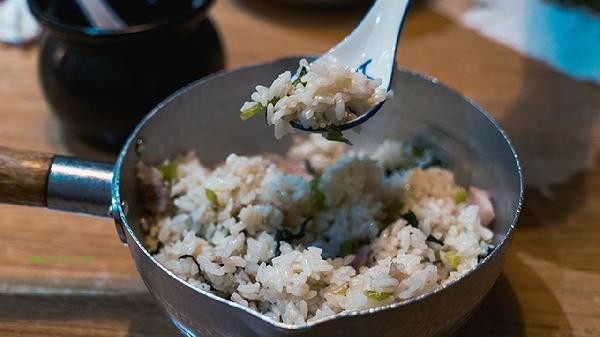Fruits and vegetables rich in vitamin C mainly include prickly pear, fresh jujube, kiwi, broccoli, chili, etc. Vitamin C is an essential nutrient for the human body, with functions such as antioxidant, promoting iron absorption, and enhancing immunity. It is recommended to increase the intake of these foods in moderation in daily diet.

1. Prickly Pear
Prickly pear is a fruit with extremely high vitamin C content, with a vitamin C content of over 2000 milligrams per 100 grams of flesh, far higher than ordinary fruits. Prickly pears are mostly grown in southwestern China, with yellow or red fruits and a sweet and sour taste with a slight astringency. Fresh prickly pears can be consumed directly or made into juice, but due to their high content of tannic acid, those with weak gastrointestinal function should control their intake. Prickly pear also contains flavonoids, which help to eliminate free radicals.
2. Fresh jujube
The vitamin C content of fresh jujube is about 300-500 milligrams per 100 grams, and the higher the maturity, the lower the content. The vitamin C in fresh jujubes is mainly in the form of reduced form, with a high bioavailability. Jujubes are also rich in cyclic adenosine phosphate and other active ingredients, but the sugar content is high. diabetes patients need to pay attention to the consumption. Fresh jujubes can be eaten raw or steamed, and prolonged heating can lead to a significant loss of vitamin C.
3. Kiwi
The vitamin C content of kiwifruit is about 60-120 milligrams per 100 grams, and green heart varieties are usually higher than yellow heart varieties. Kiwi fruit contains proteolytic enzymes that can promote protein digestion, but may cause slight irritation to the oral mucosa. It is recommended to avoid dairy products when consuming to avoid affecting the taste. Kiwi skin fuzz may irritate the throat, and those with allergies are recommended to remove the skin and consume it.

4. broccoli
The vitamin C content of broccoli is about 60-80 milligrams per 100 grams, and its glucosinolates unique to cruciferous plants are converted into anti-cancer substances during chewing. It is recommended to blanch or steam quickly during cooking to avoid prolonged high-temperature cooking. The vitamin C content in the stem of broccoli is higher than that in the bud, so it should not be discarded during processing. Individuals with thyroid dysfunction should control their intake.
5. Chili
Fresh chili peppers have significant differences in vitamin C content, with approximately 80-120 milligrams per 100 grams of sweet peppers and over 140 milligrams per 100 grams of red chili peppers. Capsaicin can stimulate the gastrointestinal mucosa, and patients with gastric ulcers should be cautious when consuming it. Vitamin C is mainly concentrated in the flesh of chili peppers and is severely lost during the drying process. It is recommended to choose fresh chili peppers with bright colors and smooth skin. Cold or quick stir frying can maximize the retention of nutrients. In addition to the above-mentioned foods, citrus fruits, strawberries, tomatoes, green leafy vegetables, etc. also contain a lot of vitamin C. It is recommended to consume different types of vegetables and fruits daily, and use cooking methods such as raw food and stir frying. Vitamin C is easily damaged by heat and oxidation, and ingredients should not be soaked or exposed to air for a long time. Special populations such as kidney stone patients need to control the dosage of vitamin C supplements and prioritize obtaining them through natural foods. Maintaining dietary diversity is the best way to meet nutritional needs.




Comments (0)
Leave a Comment
No comments yet
Be the first to share your thoughts!